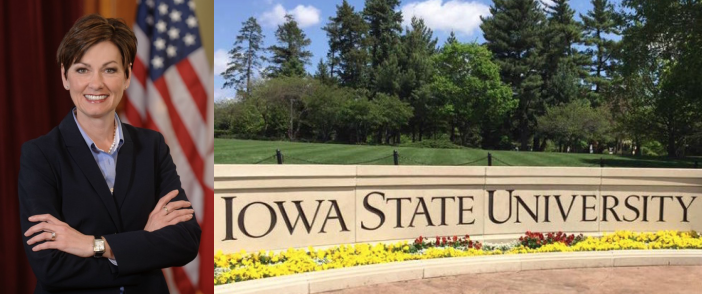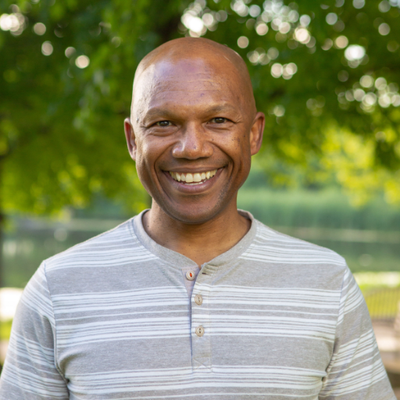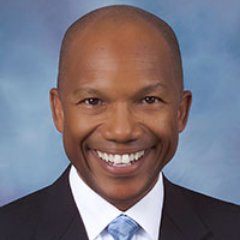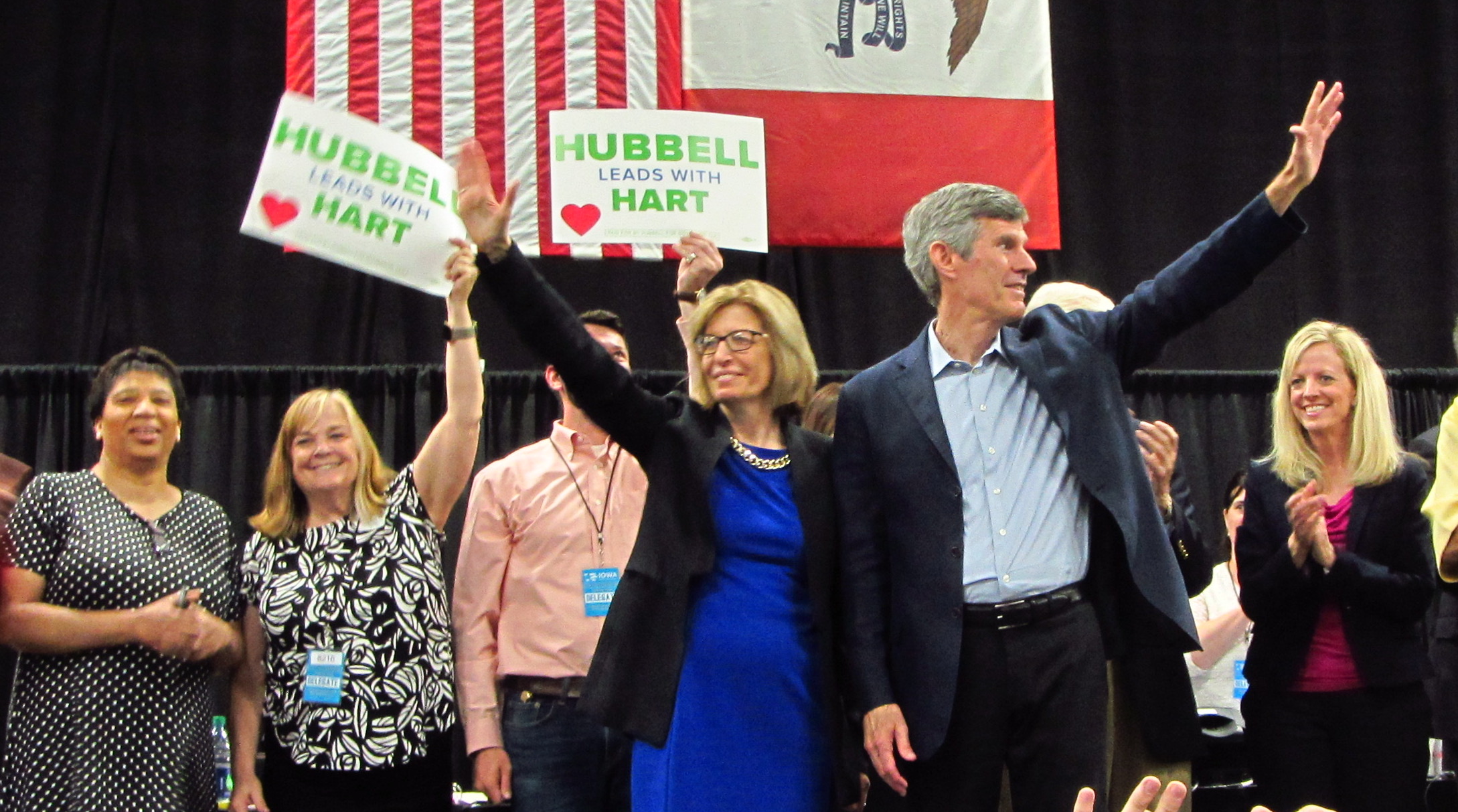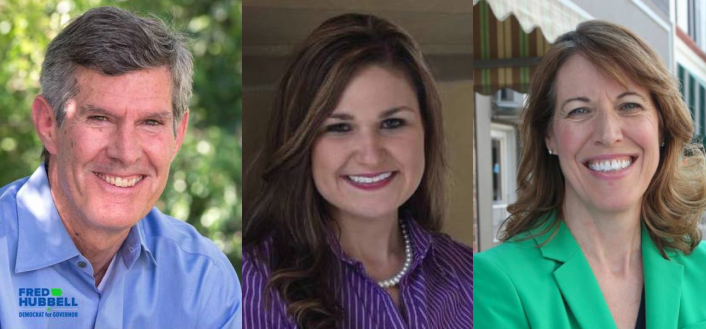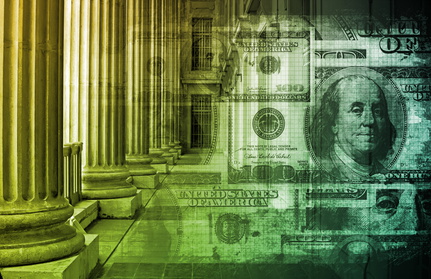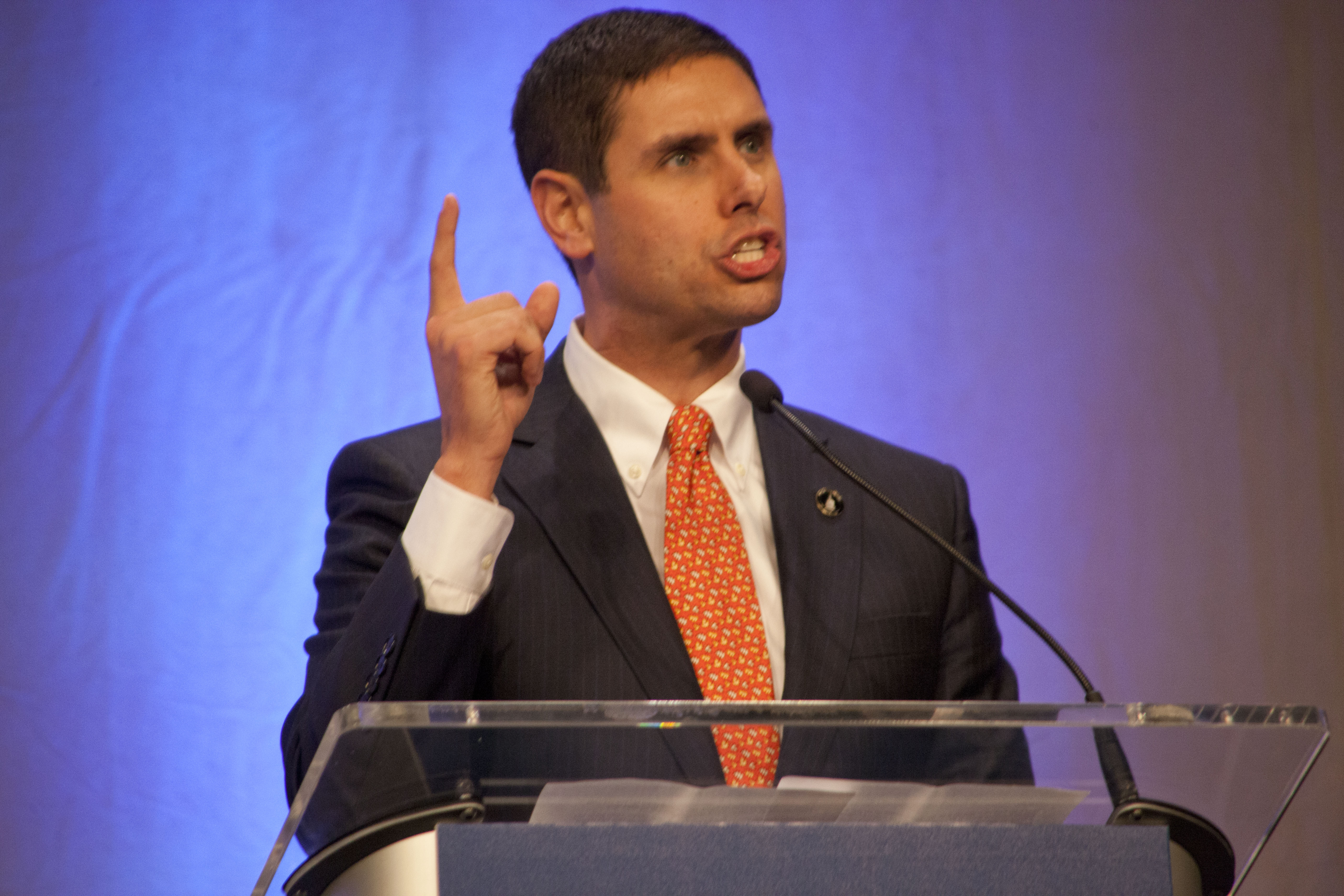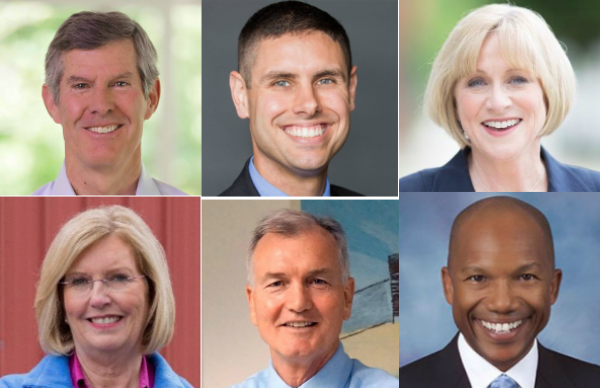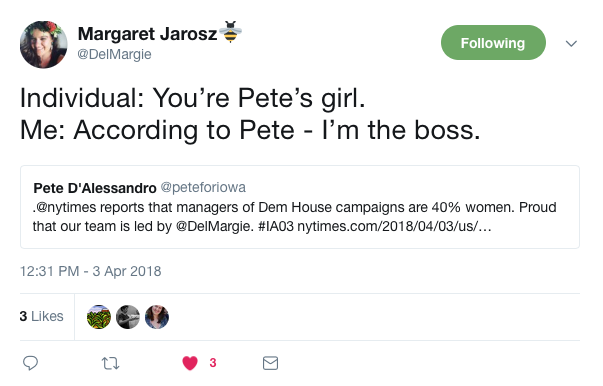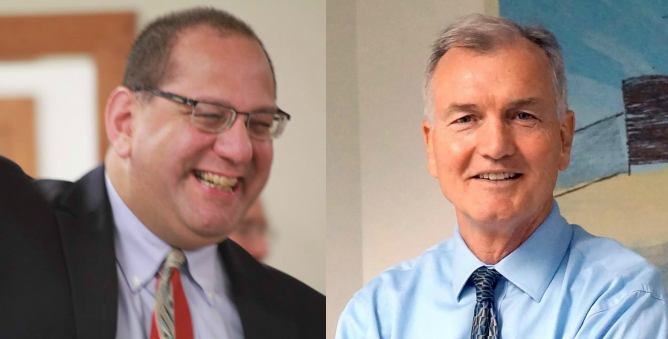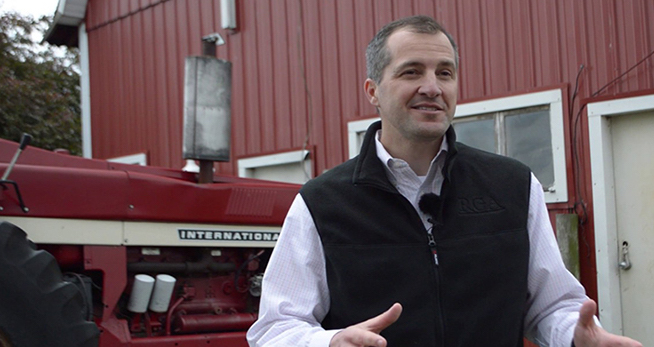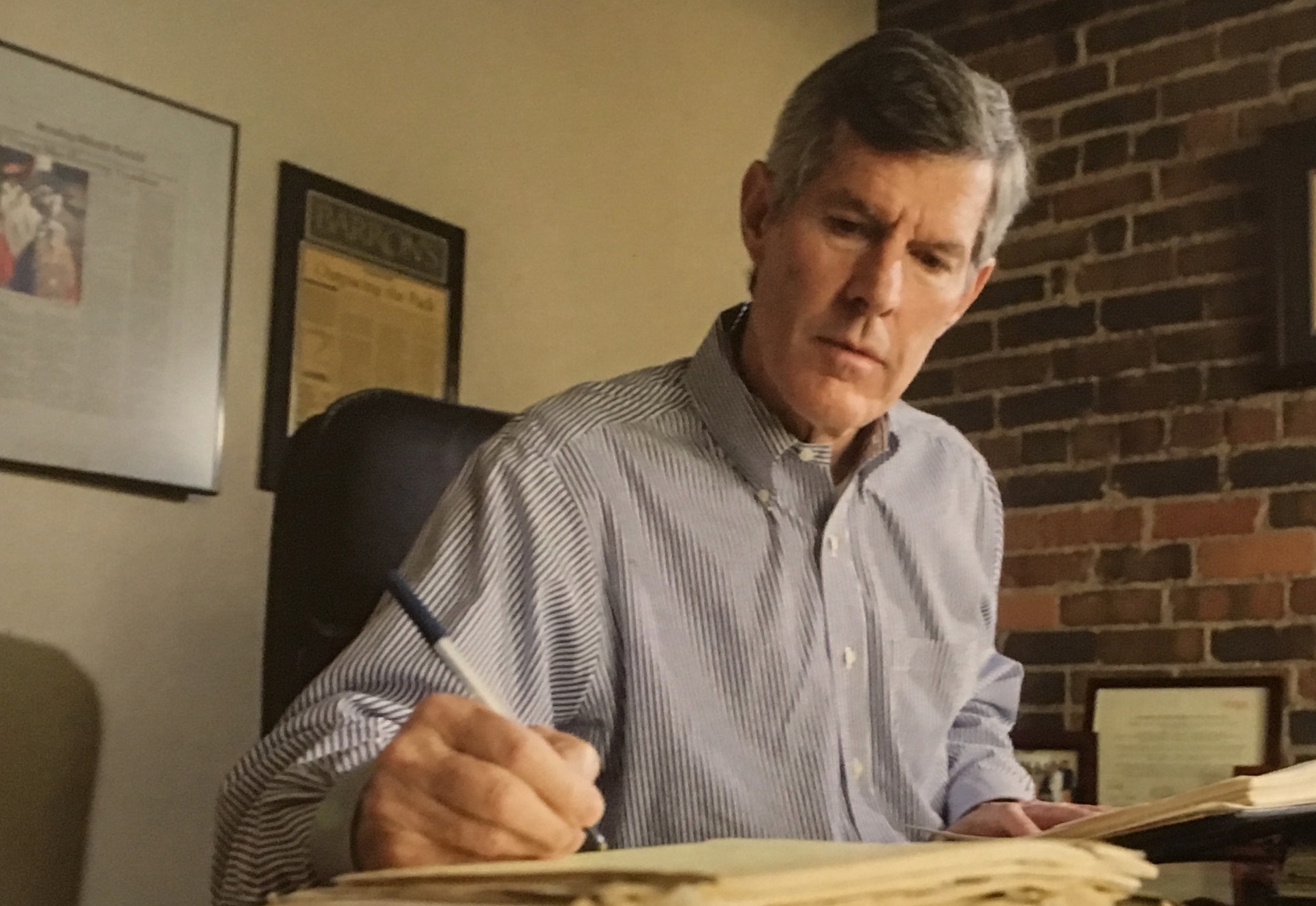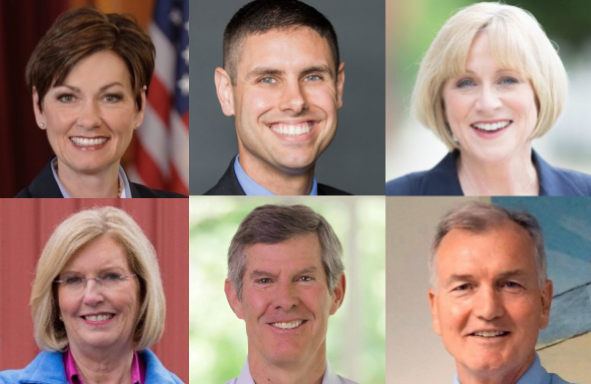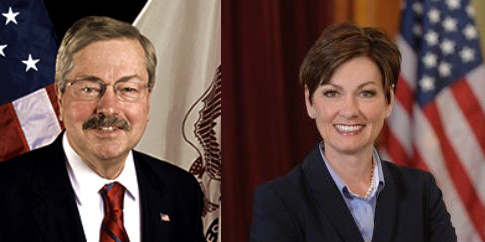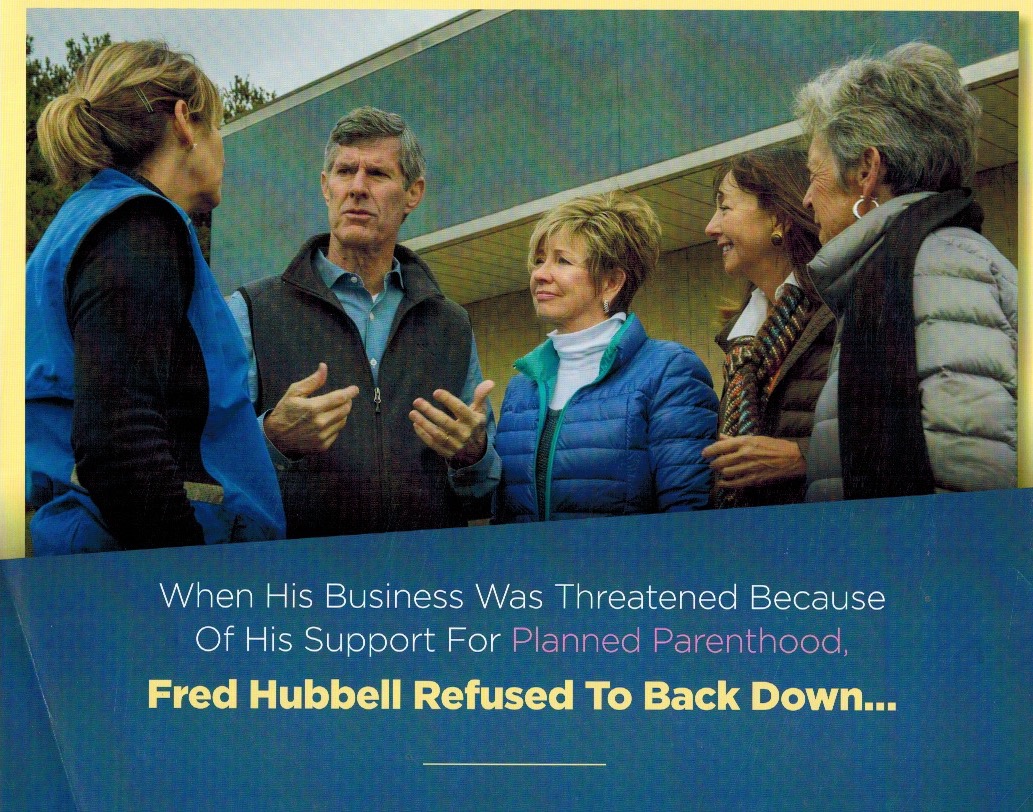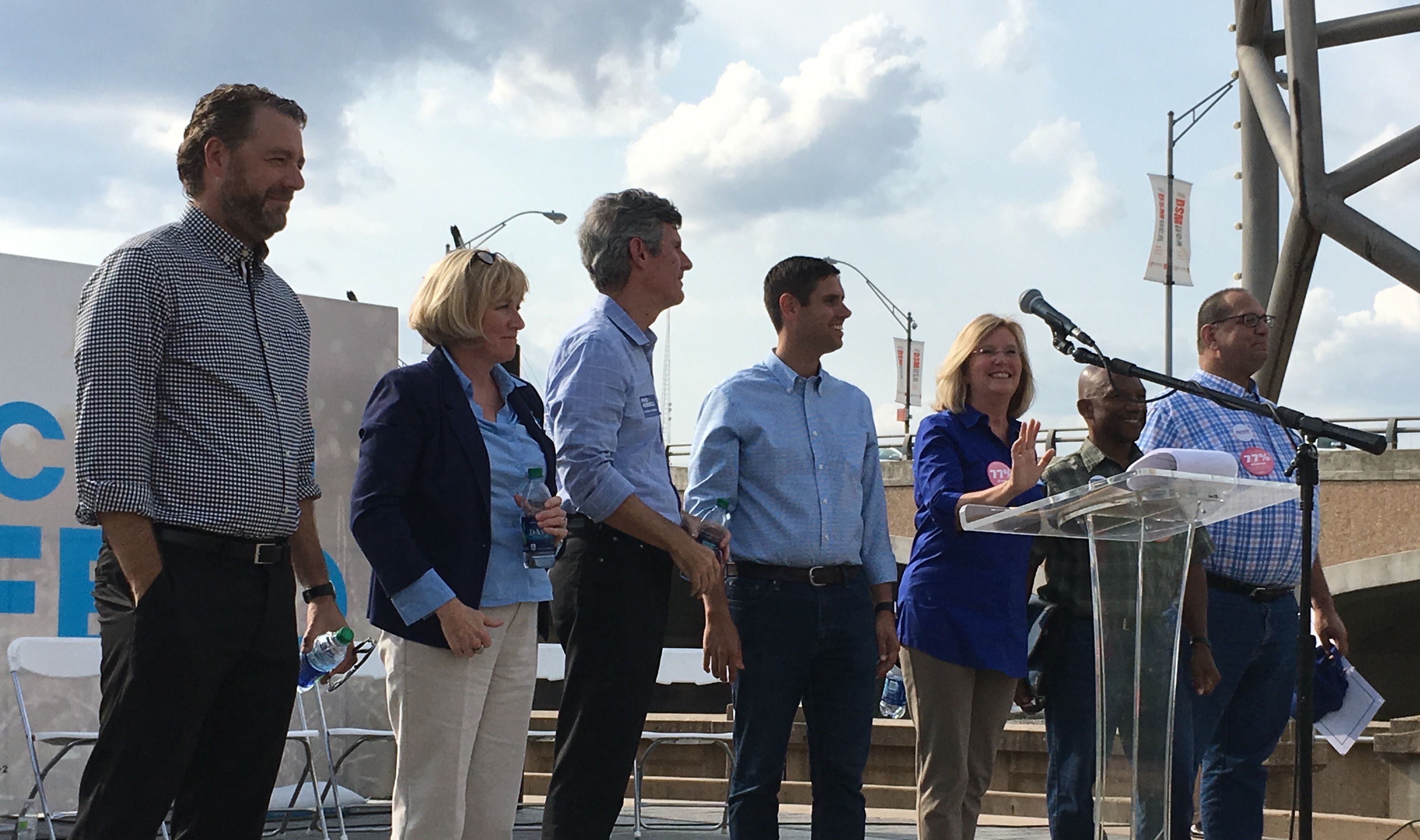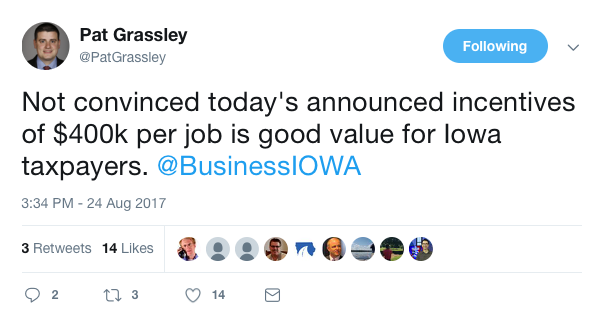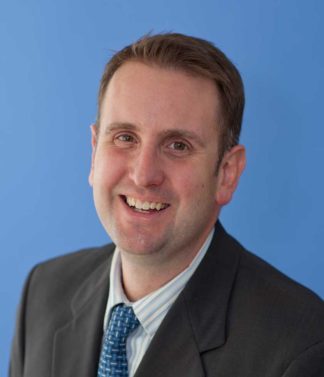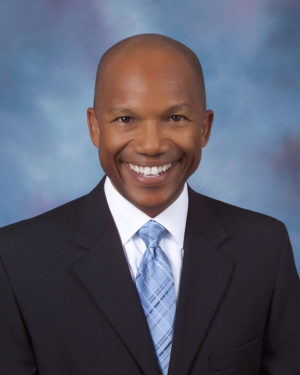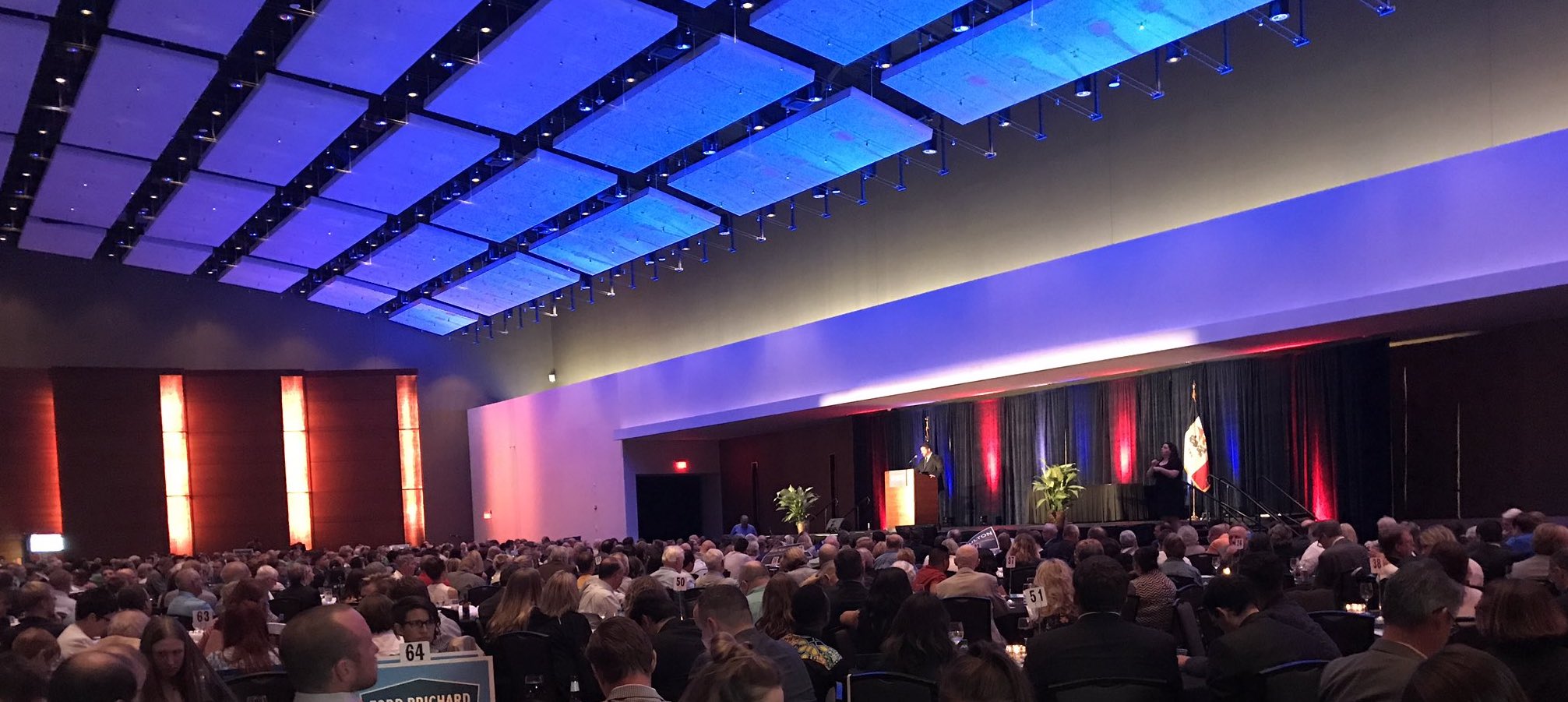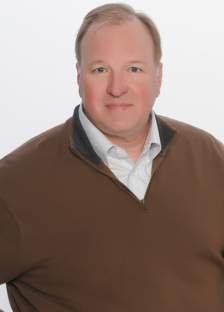Democrat Ross Wilburn will be unopposed in the August 6 special election to represent Iowa House district 46. The deadline to file nominating papers was on July 12 at 5:00 pm, and Wilburn is the only name on the Iowa Secretary of State’s candidate list.
A spokesperson for the Republican Party of Iowa told the Des Moines Register’s Stephen Gruber-Miller that the GOP would not field a candidate for the special election, but did not indicate why. The Libertarian Party of Iowa also declined to compete for this district; Libertarians have occasionally nominated candidates in House district 45, covering other Ames neighborhoods.
In all likelihood, Wilburn would have won this election regardless of the timing or the competition, given the political layout of House district 46. The strongest potential GOP candidate, Ames City Council member Tim Gartin, took himself out of the running early, and several Democratic presidential candidates have either headlined events for Wilburn or had their staff help knock doors for him.
If Republicans weren’t planning to play for this seat, it was exceptionally foolish for Governor Kim Reynolds to set the election on the first Tuesday allowed under state law. She could have scheduled the vote for late August or September, when most Iowa State University students would be back in Ames.
All Reynolds accomplished by picking August 6 was reinforcing the narrative that she doesn’t care about constituents who don’t politically align with her. She could have shown her commitment to fair play by picking a day that would give more House district 46 residents a voice. Instead, she used the levers of power to depress Democratic turnout–for nothing.

